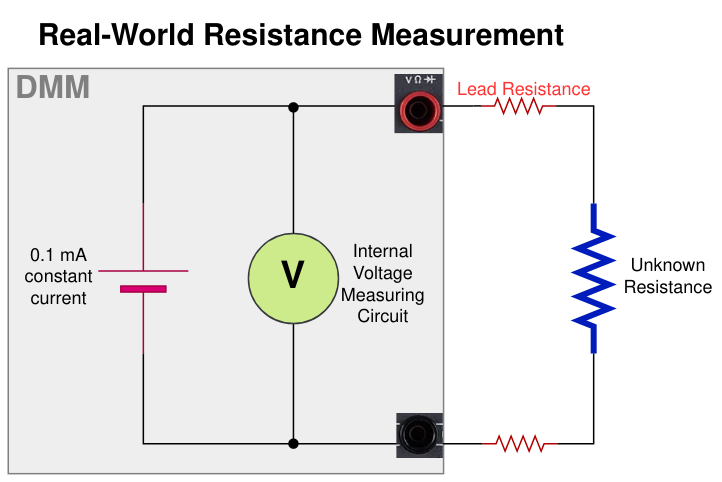
20×65: 0.20×65: Understanding Digital Measurements and Their Use
In the realm of engineering and manufacturing, 20×65: 0.20×65: Understanding Digital Measurements and Their Use serve as fundamental benchmarks that dictate precision and quality. Understanding these metrics is crucial for professionals aiming to enhance product design and maintain compliance with industry standards. The implications of these numerical representations extend beyond mere dimensions, impacting data integrity and operational efficiency. As we explore the significance and practical applications of these measurements, a deeper understanding may reveal insights that could transform conventional practices in various sectors. What nuances might emerge from this investigation?
Defining Digital Measurements
20×65: 0.20×65: Understanding Digital Measurements and Their Use measurements can be defined as quantifiable data representations that utilize discrete, binary values to convey information about physical phenomena.
They enable digital precision in various applications, adhering to established measurement standards. By converting analog signals into digital formats, these measurements facilitate enhanced accuracy and repeatability, empowering users to analyze data effectively while maintaining a commitment to the integrity of the information captured.
Read more: 5racks247: 5Racks247: A Digital Platform for Financial Solutions
Significance of 20×65
The significance of the 20×65 measurement lies in its application across various fields, particularly in the context of precision engineering and manufacturing.
This metric serves as a benchmark for digital precision, ensuring adherence to measurement standards that facilitate accuracy and reliability.
Exploring 0.20×65
In the realm of measurement specifications, 0.20×65 represents a critical dimension often associated with specific applications in engineering and manufacturing.
This designation highlights the importance of digital precision and measurement accuracy, ensuring that components meet stringent tolerances.
Understanding 0.20×65 allows professionals to optimize designs and enhance product performance, ultimately contributing to the freedom of innovation in various technical fields.

Practical Applications in Industries
Understanding how 0.20×65 dimensions fit into various industries illuminates their significance in enhancing operational efficiency and ensuring product reliability.
In sectors such as manufacturing and automotive, sensor technology leverages these measurements to improve measurement accuracy.
This precision not only optimizes processes but also reduces waste, thereby fostering innovation and enabling businesses to achieve higher standards of performance and quality in their products.
Conclusion
In conclusion, the comprehension of 20×65: 0.20×65: Understanding Digital Measurements and Their Use is paramount in engineering and manufacturing disciplines. These dimensions serve as the backbone of precision, facilitating exceptional quality control and innovation across various sectors. The mastery of these measurements does not merely enhance operational efficiency; it transforms industries, propelling them into a realm of unprecedented accuracy and productivity. Ultimately, understanding digital measurements is akin to wielding the keys to a technological revolution, unlocking boundless possibilities for advancement.




